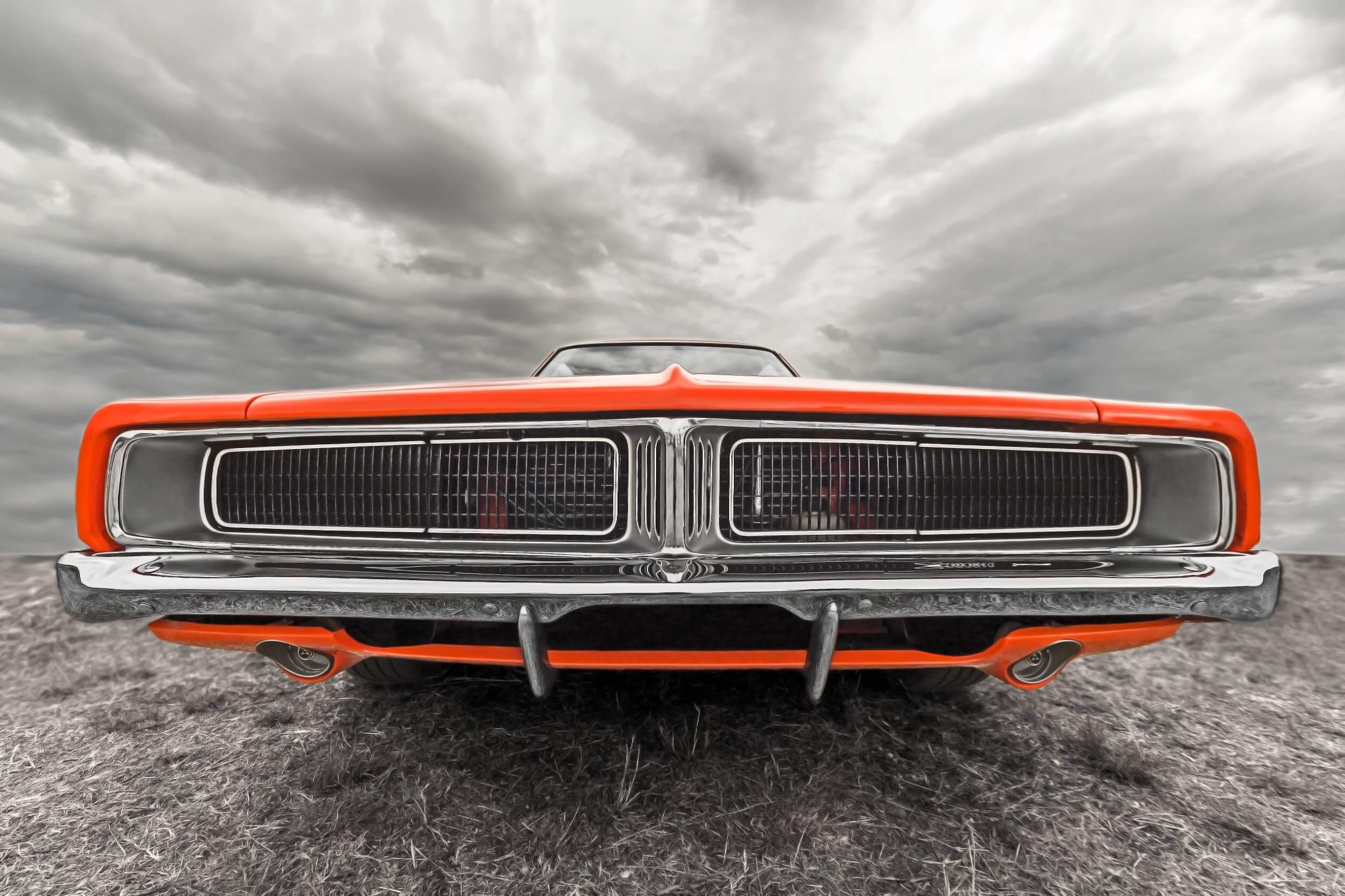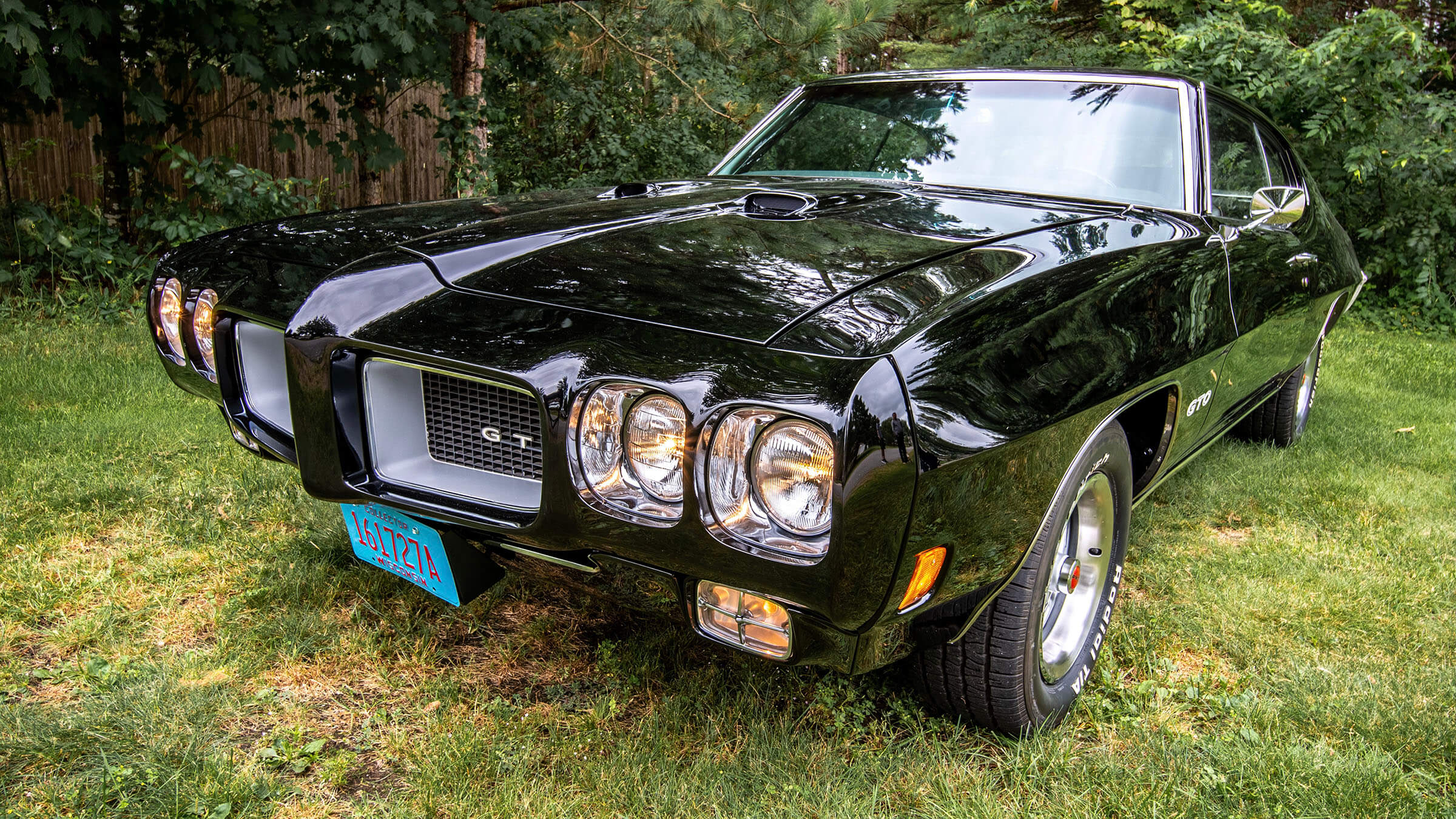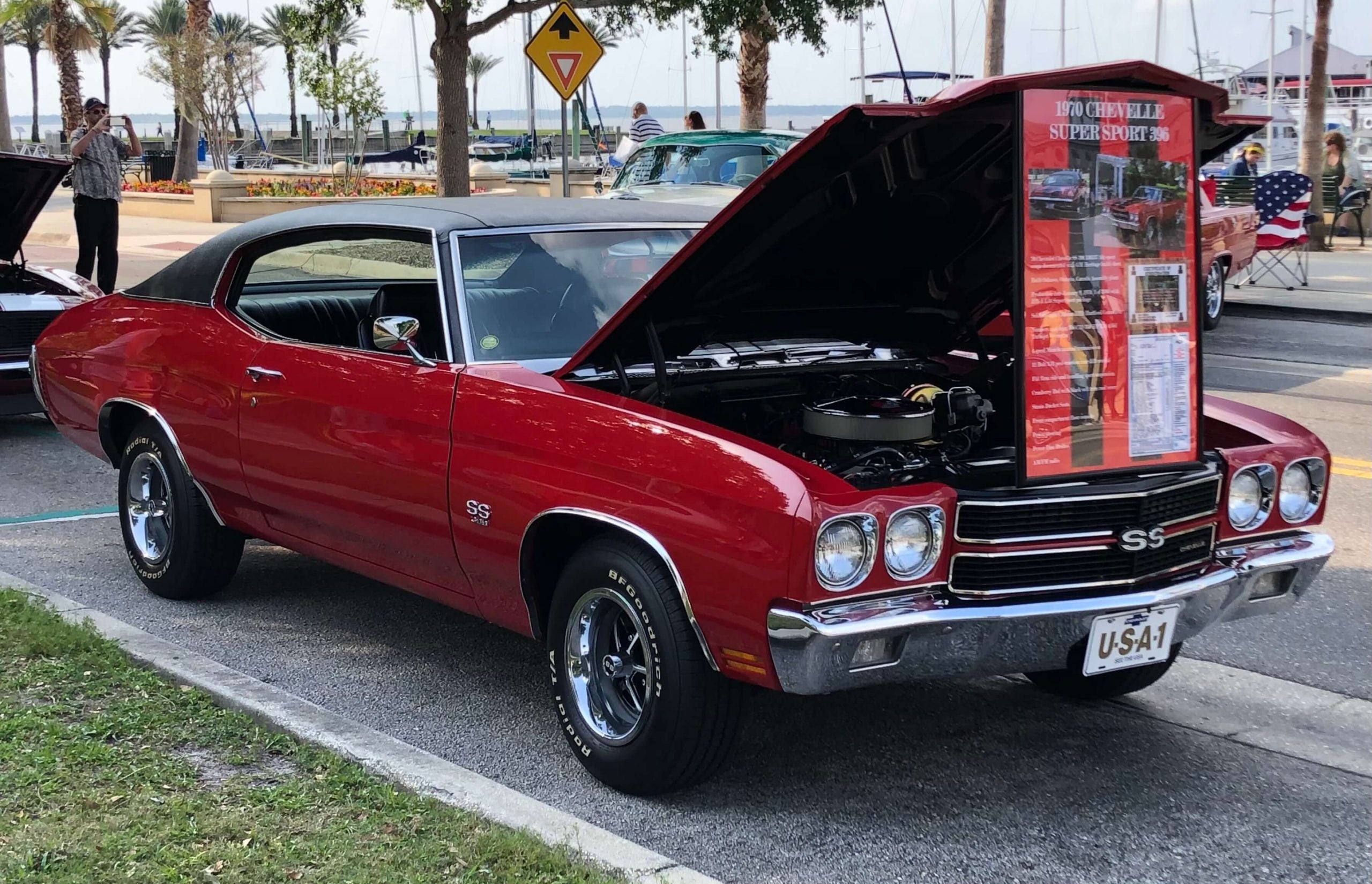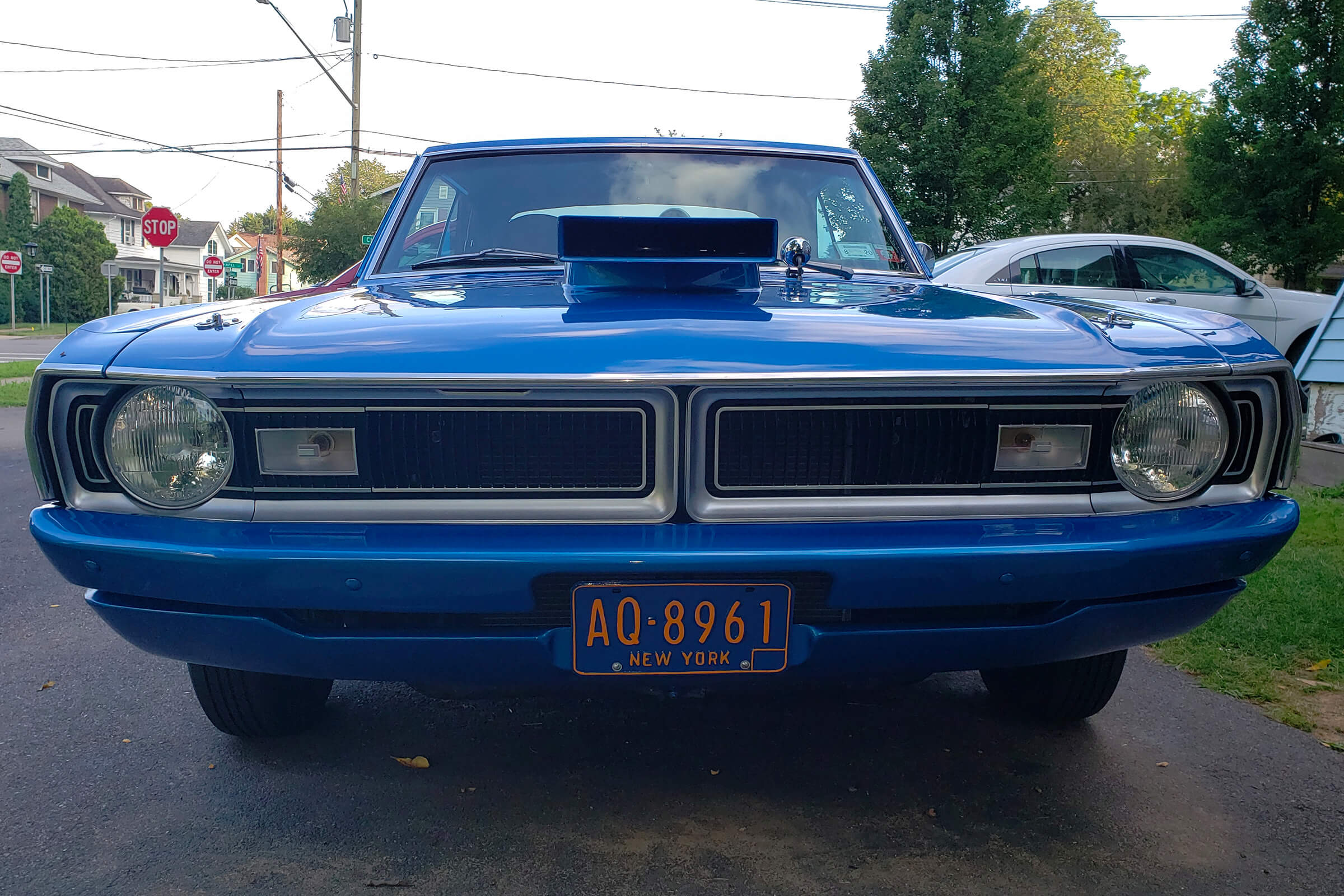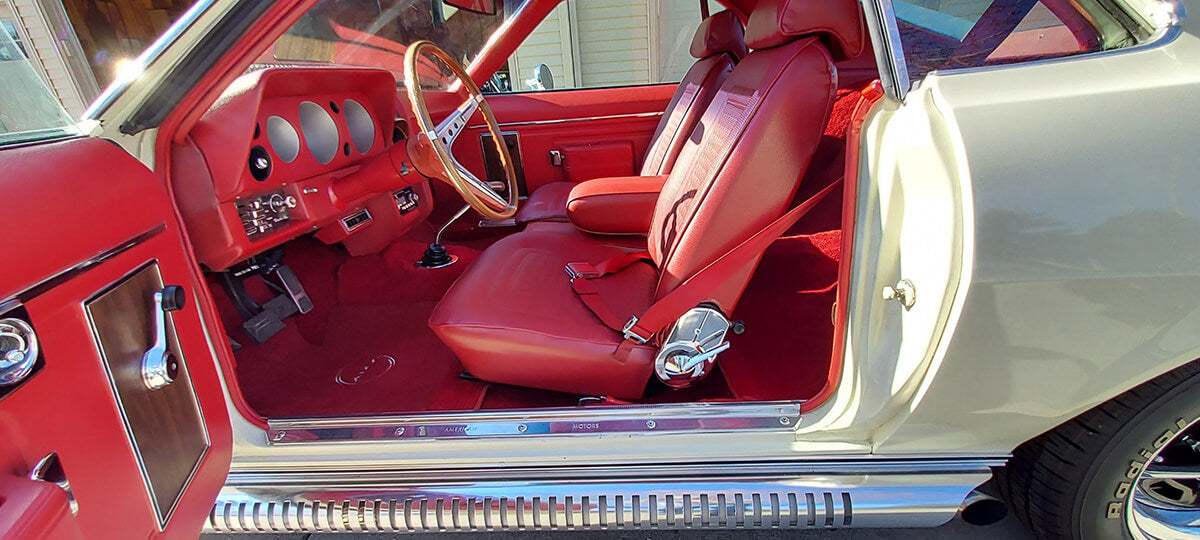To your average Joe, telling one classic muscle car apart from the other may be next to impossible. We’ve all heard stories told by people looking to impress an audience by swearing their neighbor owns a mint-condition 1964 Mustang. Or was it a Corvair? Or was it a Camaro? You might have been able to throw a Model T out there for consideration and seen that get some serious contemplation. The point is that for many, deciphering two classic cars that are clearly distinguishable from one another may be as difficult as determining whether zebras are white with black stripes or black with white stripes.
Imagine how much more difficult it may be for people to differentiate two cars that look alike. There’s likely still a large segment of the population out there that still believes the only difference between a 1970 Dodge Challenger and a 1970 Plymouth Cuda is the name. That’s understandable: Both were made by divisions of the same corporation (Chrysler), both share the same E-body style and both offer amazing rides. Yet trust us when we say that, upon closer inspection, there are differences between the two. Which you choose to tackle for your next restoration project might come down to something as simple as availability.
Bigger Body, Better Availability
Right away, you’ll notice a difference in headlamps: The Challenger has four, while the Cuda has two. Yet the main difference is the size; while being the only two vehicles of the first pony car generation to utilize the E-body platform, the 1970 Dodge Challenger is somewhat larger than its cousin, the Cuda. Those subtle differences include:- Wheelbase: 2 inches longer
- Overall length: 4.7 inches longer
- Overall height: 0.2 inches taller
- Over width: 1.7 inches wider
A 145 horsepower, 225 cubic-inch slant six also came standard with the Challenger (the same was available on the Cuda, but as an option). Of course, engine size standardized when both ventured into V8 territory, all the way up to much-heralded 426 cubic-inch, 425 horsepower Hemi. The other big difference between the two models is that the 1970 Plymouth Cuda may be more difficult to come by. Only 46,373 were made, as opposed 76,935 Challengers. That’s why Cudas today typically fetch a small fortune at auction.
That’s not to say Challengers from 1970 don’t also bring in a pretty price. By way of comparison, over 198,000 Ford Mustangs were built the same year. Ultimately, it doesn’t matter whether you choose to restore a 1970 Plymouth Cuda or a 1970 Dodge Challenger; either one makes for a great challenge, and either can produce tremendous value. When you’re ready to get your newly restored ride’s age-worn interior back (or even better) than its original factory condition, call us here at Legendary Auto Interiors. We offer all of the expertise and materials needed to help with all of your interior work. To learn more about the products we offer, contact us today.


